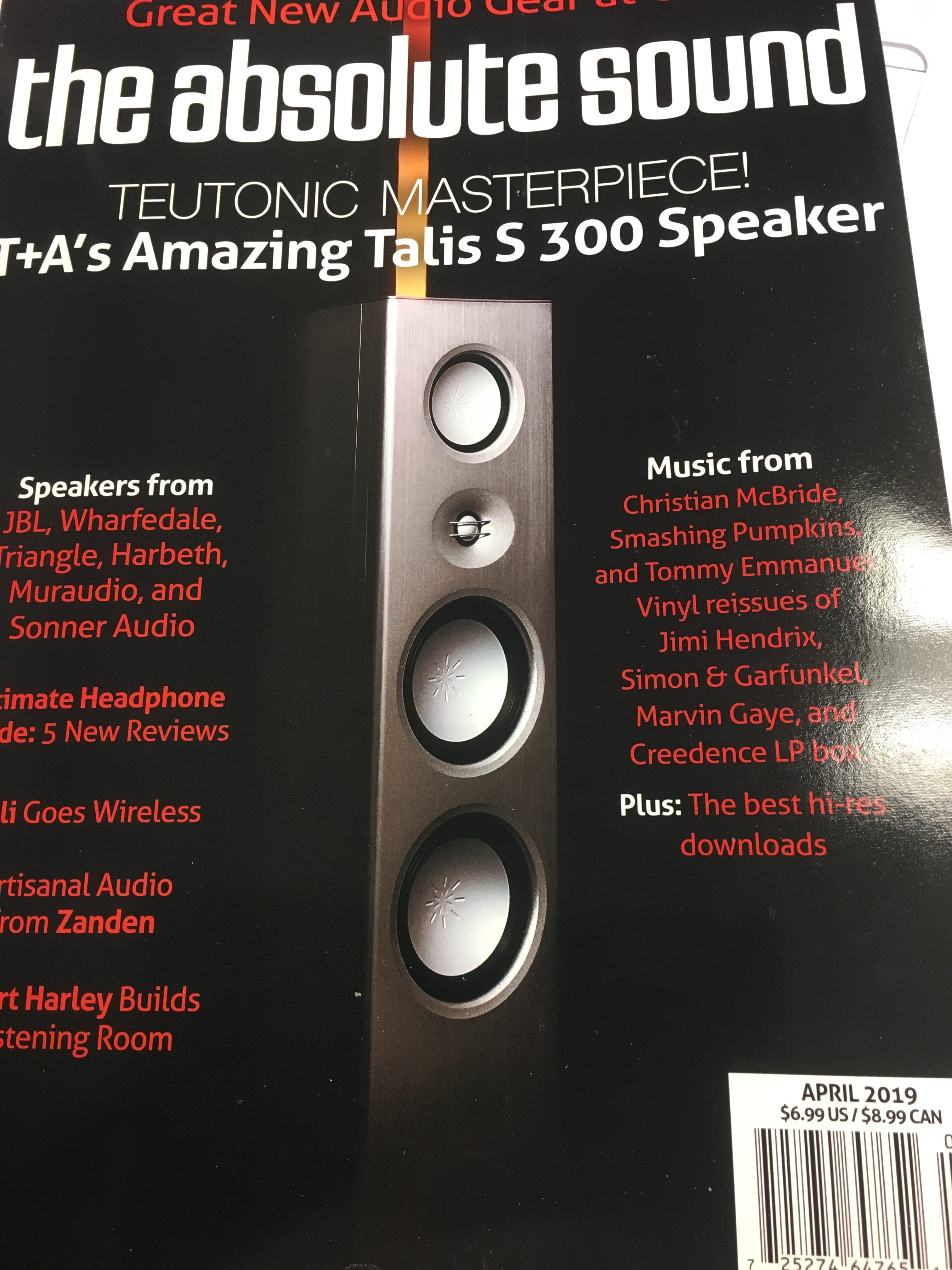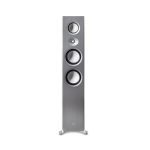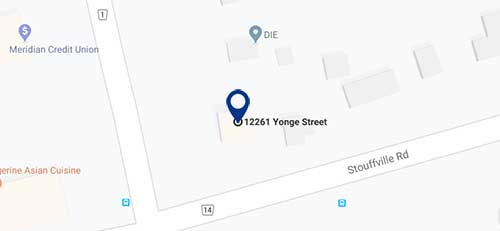T+A Talis Speakers
Talis
Loudspeakers
For almost twenty years now the Talis name has been a byword for speakers crafted from solid aluminium which offer extraordinarily good sound, look fabulous and are made to uniquely high standards. Aluminium as primary material opens up a wide range of options in terms of sculptural form, surface finish and design which are simply not attainable from cabinets made of wood.
Our use of sophisticated extrusion tools enables us to produce extremely rigid cabinets whose internal volume is high in spite of their slender, compact shape. This in turn allows the speakers to reproduce bass – even very low frequencies – superbly, whilst eliminating any trace of cabinet resonance. Not a single screw is visible in the organically shaped baffle, which is designed to generate a perfect radiation pattern over the full mid / treble range. The resultant imaging characteristics are phenomenally good. The latest generation of thoroughbred drive units and cross-overs are the key to the superb sound qualities of the new Talis loudspeakers. Talis – the perfect symbiosis of German engineering skill, design and performance.
cabinets are based on profiled aluminium extrusions, and their refined construction is enormously strong and rigid as well as exuding a refined elegance. The thickness of the solid baffle enables us to machine the drive unit openings “organically”, i.e. there are no sharp edges or corners, allowing the sound to expand and detach itself from the speaker without reflections. This is an important factor in the incredibly spacious imaging ability of the Talis loudspeaker. The all-aluminium construction offers a further advantage: the cabinet walls and cover are significantly thinner than those of wooden equivalents, and this makes it possible to enlarge the internal volume. The cabinets are also very heavy, and substantially stiffer than conventional designs. These two characteristics are extraordinarily important for accurate bass reproduction, because the cabinet is devoid of the slightest tendency to resonate; there are no resonant effects which could excite the mid-range drivers, and this promotes uncoloured mid-range reproduction. Cabinet-borne sound and all unwanted resonance are eliminated by the special absorbent material which lines the cabinet walls.





